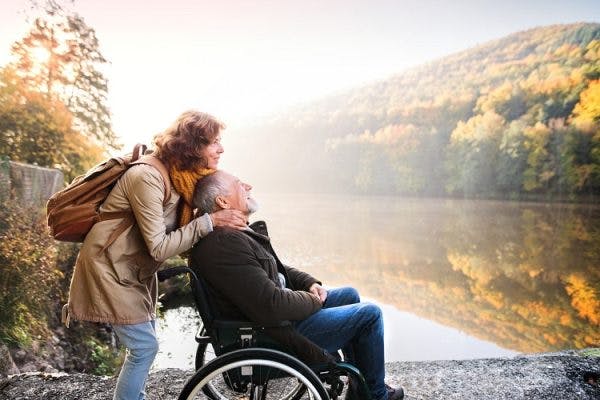
Understanding Paraplegia: Your Ultimate Guide to Causes, Symptoms, and Treatment
Paraplegia describes paralysis of the lower limbs. It’s most commonly associated with spinal cord injuries but can also occur following a variety of other neurological

Paraplegia describes paralysis of the lower limbs. It’s most commonly associated with spinal cord injuries but can also occur following a variety of other neurological
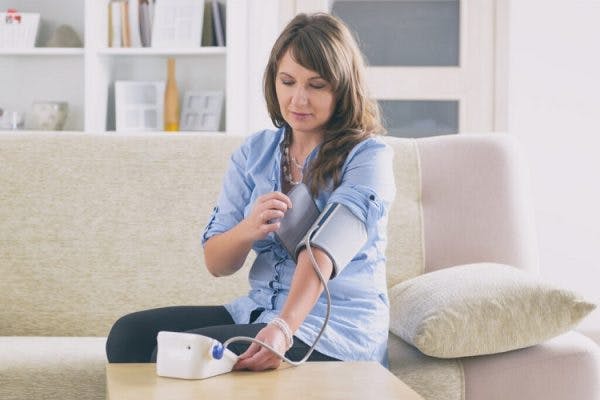
Autonomic dysreflexia is a condition characterized by sudden changes in autonomic functions such as blood pressure, heart rate, and body temperature. It most commonly occurs

After a spinal cord injury, individuals may experience a condition called neurogenic shock. During neurogenic shock, the blood vessels expand, which causes unstable blood pressure,
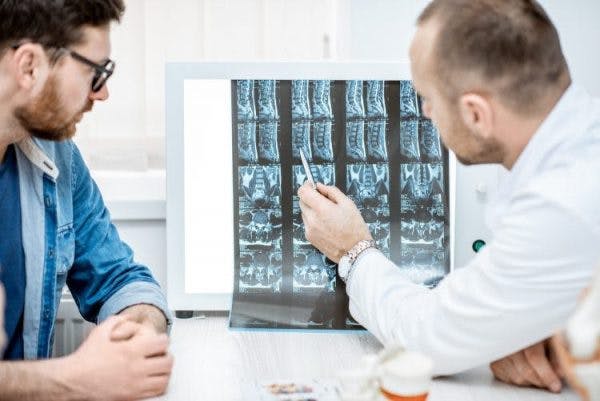
A potential secondary effect of spinal cord injury is the development of scoliosis. Scoliosis describes a condition in which the spine develops a sideways curvature.

While a spinal cord injury is not directly associated with cognitive impairments, complications of SCI can affect cognitive functions like memory, problem-solving, and focus. Fortunately,

A spinal cord injury can result in loss of bowel control, which may cause discomfort, pain, or waste-related accidents. By implementing a safe, sustainable bowel
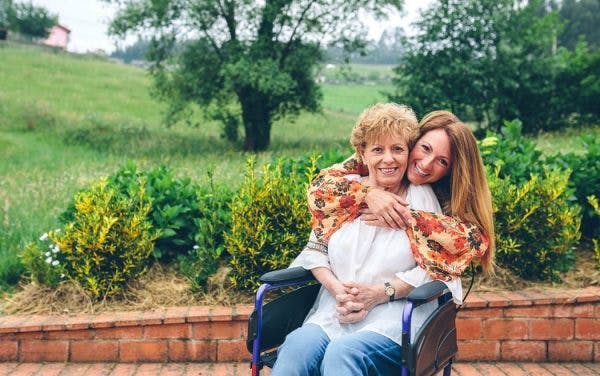
While a spinal cord injury directly affects motor control and sensation, individuals may also experience secondary psychological effects. Psychological changes after spinal cord injury can

After a spinal cord injury, you may experience clonus, which refers to involuntary rhythmic shaking of the limbs. If not properly managed, it can progress
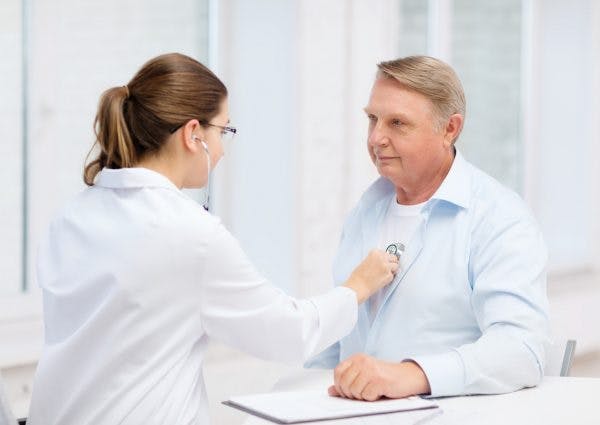
Bradycardia is a medical condition that occurs when your heart rate consistently falls below 60 beats a minute. To put this into perspective, anywhere between 60-100 beats
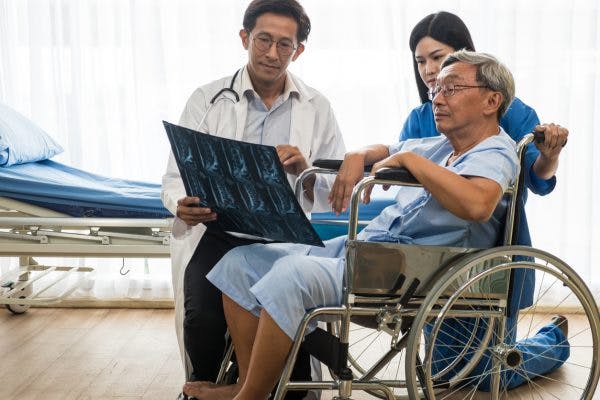
Did you know that the presence of sacral sparing after spinal cord injury can determine your chances of recovery? The sacral region of the spinal

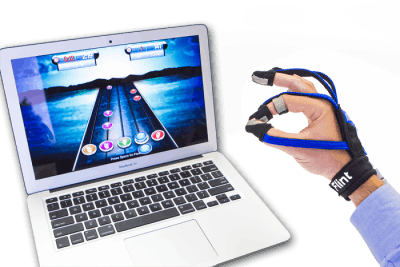
Take the first step towards recovery.